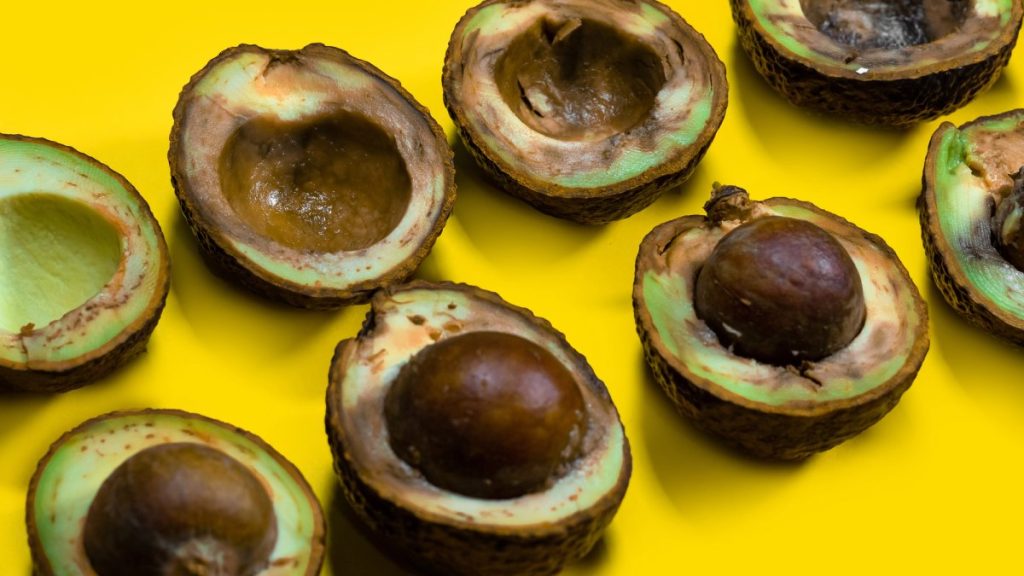The days of buying a rock-tough avocado in the hopes of avoiding mushy food waste may soon be over. Machine learning researchers at Oregon State University (OSU) recently designed an artificial intelligence program that visually assesses avocado quality and ripeness. Its creators don’t intend to only offer their tool for large farming facilities, however. Instead, the team hopes individuals will wield the AI software in their own kitchen and at the grocery store with some help from the smartphone in their pocket.
Avocados are packed with vitamins, minerals, and unsaturated fats. They’re also one of the agricultural industry’s biggest ecological drains. The water and fertilizer requirements coupled with comparatively small crop yields means that a single avocado possesses about double the carbon footprint as a banana and five times that of an apple. Then, there’s the mountain of food waste to consider. Think of all the squishy superfoods you pass over while searching for the perfect produce. The vast majority of those discards wind up in the trash, further exacerbating the avocado’s environmental impact.
“Avocados are among the most wasted fruits globally due to overripeness. Our goal was to create a tool that helps consumers and retailers make smarter decisions about when to use or sell avocados,” explained Luyao Ma, a researcher at OSU and co-author of a study describing their project published in the journal Current Research in Food Science.
To help curb the ongoing issue, Ma recently collaborated with fellow researchers at OSU and Florida State University on an AI model that predicts the firmness and internal quality of Hass avocados. Importantly, their program’s assessments aren’t destructive to the fruit. Instead, they’re based entirely on visual details captured in over 1,400 iPhone photos of avocados. Although prior approaches also harnessed images and machine learning for determining food quality, they generally required manual feature selections and traditional algorithmic designs that reduced their accuracy. Other technology like scanners currently being trialed in the UK also focus on individual shoppers.
“To overcome these limitations, we used deep learning approaches that automatically capture a broader range of information, including shape, texture, and spatial patterns to enhance the accuracy and robustness of avocado quality predictions,” added study co-author In-Hwan Lee.
The result is an AI program that currently predicts an avocado’s firmness and freshness with respective accuracies of around 92 and 84 percent. Ma, Lee, and their colleagues also believe those numbers will easily improve as more avocado portraits are included into the model.
Aside from individual shoppers using an avocado app, the study’s authors hope that their technology will also deploy to processing facilities for sorting and grading the fruit at scale. Hypothetically, riper avocados could be selected for shipment to closer retailers. Meanwhile, grocery store employees could themselves use a version of technology to determine which fruit should be displayed first. The implications don’t end there, either.
“Avocados are just the beginning,” said Ma. “This technology could be applied much more broadly, helping consumers, retailers, and distributors make smarter decisions and reduce waste.”
But while Ma said she first chose to examine avocados due to their high market value and food waste numbers, the decision was also somewhat personal: she confessed to being an avid fan of avocado toast.

